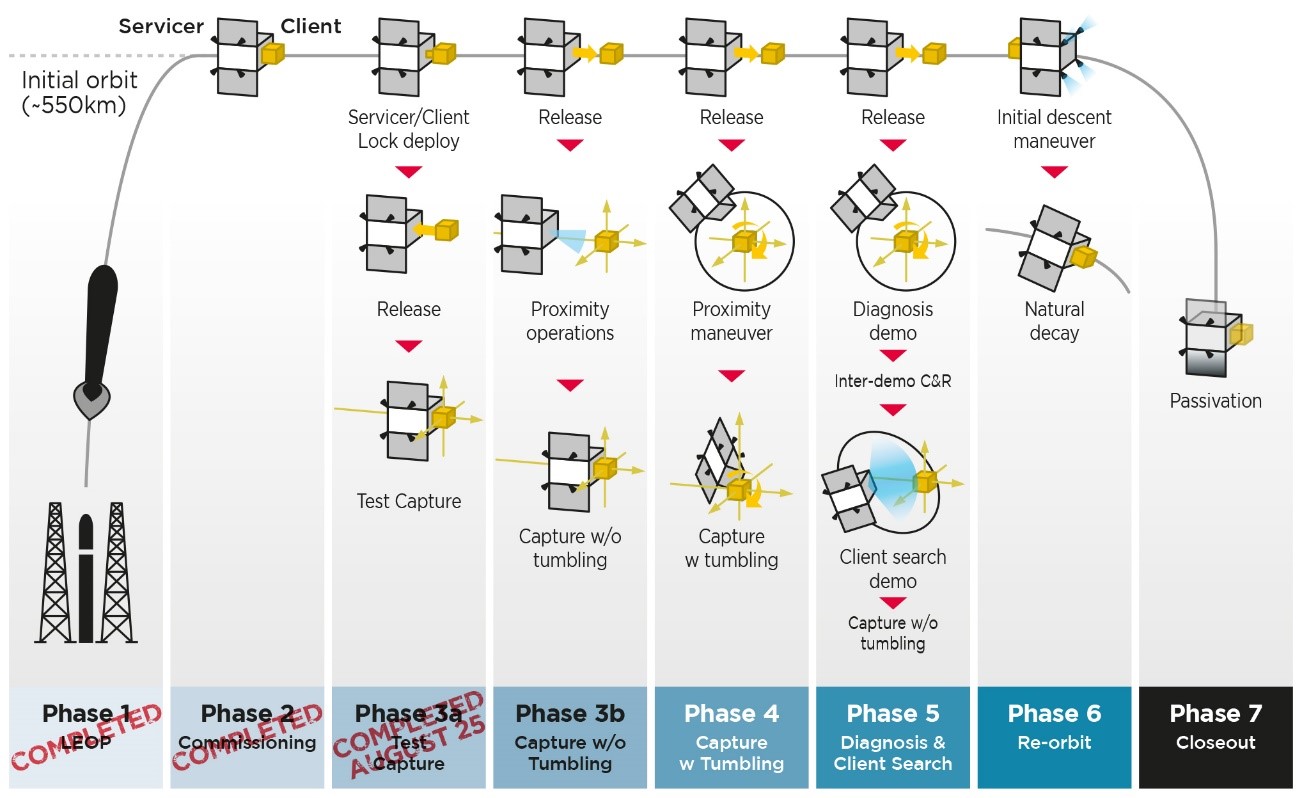Astroscale hit a major milestone Wednesday, when its space worthless trash removal demo satellite here is currently in orbit swiftly captured and released a client spacecraft using a magnetic physique.
The End-of-Life Services by Astroscale-demonstration (ELSA-d) mission was launched in Stroll, with the goal of validating the company’s orbital waste removal tech. The demonstrator package, which was sent even in a Soyuz rocket that released from Kazakhstan, included two baby girls separate spacecraft: a “servicer” which was designed to remove outdoors junk, and a “client” that a majority of poses as said area junk.
“A major task of debris removal, but on-orbit servicing in general, is considered to be docking with or shooting a client object; this challenge demonstration served as a helpful validation of ELSA-d’s capacity dock with a client, like a defunct satellite, ” business explained.
One particular demonstration today showed that your particular servicer – a model pointing to Astroscale’s future product ~ can successfully magnetically remove and release other spacecraft.
But that certainly is not the end for the ELSA-d demonstration mission; the servicer and client still really should hit three more capture-and-release milestones before Astroscale will be able call it a complete success. With that said, the servicer must safely release the client and re-capture it from a greater trip away. After that, Astroscale attempt the same release-and-capture process, but this time with the client satellite simulating an uncontrolled, tumbling breathing space object. The final capture exhibition the company is calling “diagnosis and client search, ” in which the servicer will investigate the client from a close intervalle, move away, then hit and re-capture.

Artwork Credits: Astroscale
Astroscale is one to a suite of companies implementing the problem of orbital rubble, but it’s the first to commission up a debris administration demonstration mission. According to NATIONAL AERONAUTICS AND SPACE ADMINISTRATION, over 27, 000 associated with orbital debris are monitored by the Department of Defense’s global Space Surveillance Provider sensors. The amount of junk while space is only anticipated to increase as the cost of launching the particular spacecraft, and other expenses, remain to decline.
You can view a video of the mission missions team explain the test display here:






